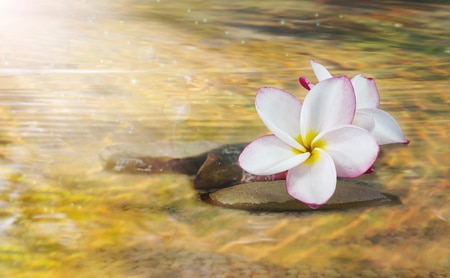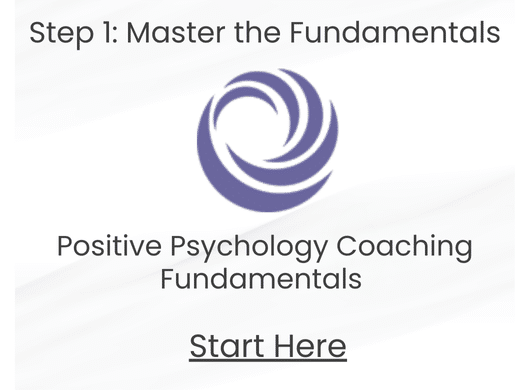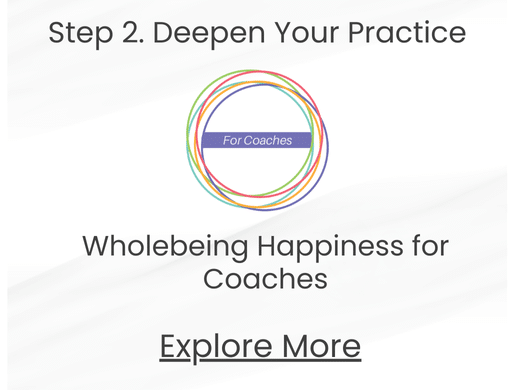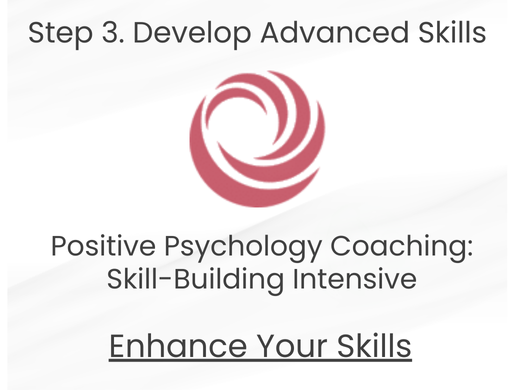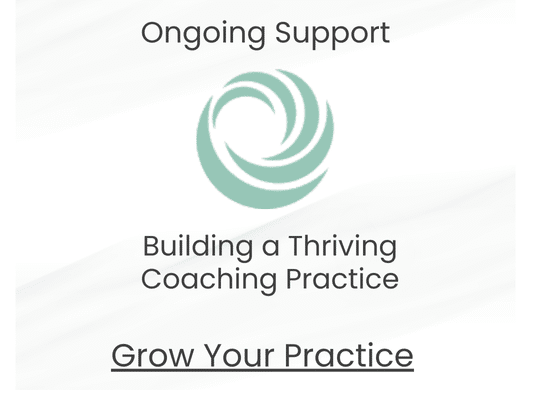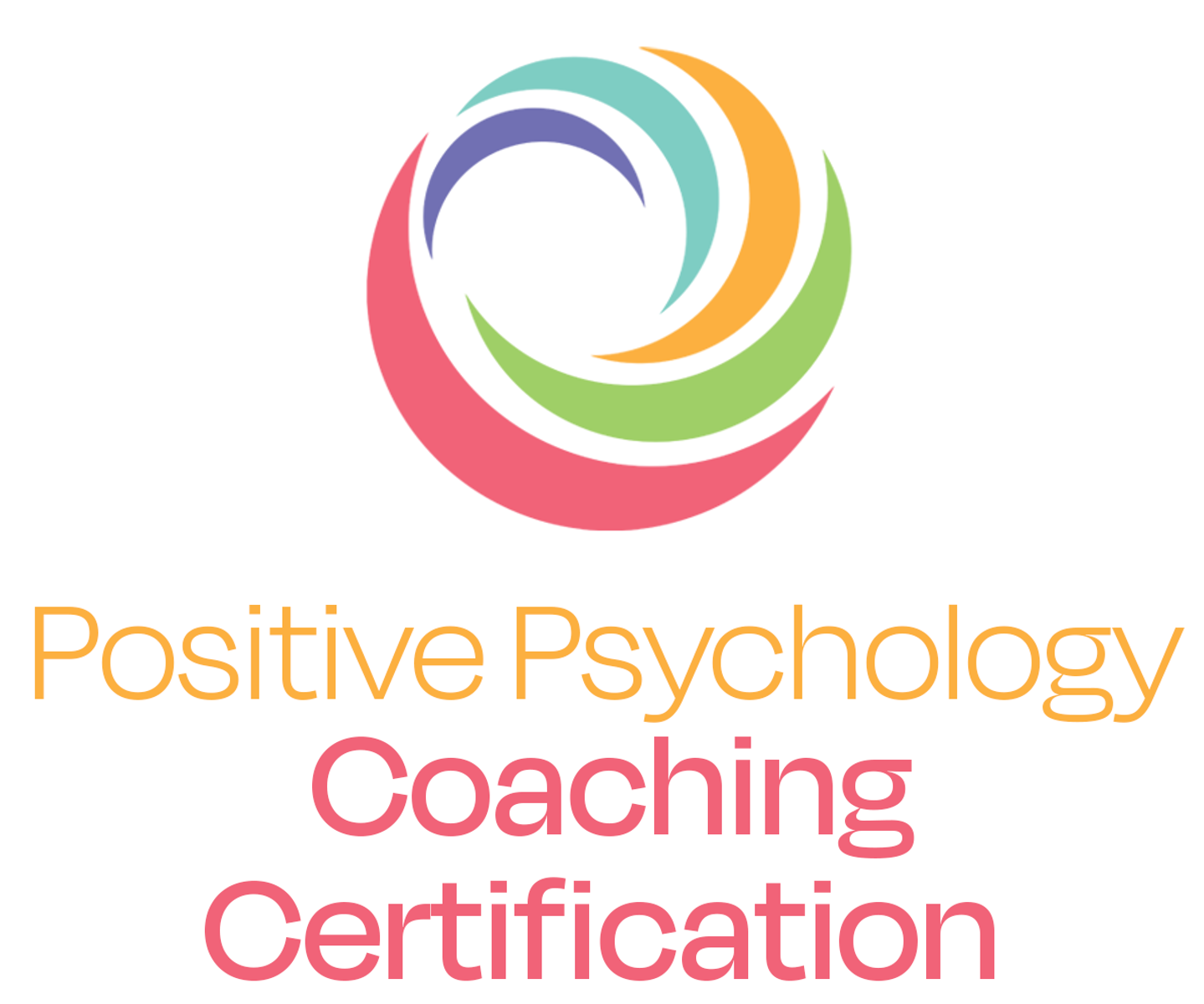by Maria Sirois
I often do this exercise with my students: At the beginning of a daylong retreat on happiness, I’ll draw a circle on a large piece of flip-chart paper and ask the audience to shout out words that define their current stressors. Phrases fly toward me at the speed of falcons: “overwhelm,” “the to-do list,” “my boss,” “paperwork,” “back pain,” “my broken car,” “aging body,” “not enough money,” “not enough time,” “fear,” “abandonment,” “stuckness,” “my marriage,” “my divorce,” “my kids,” “death,” “illness.”
In five minutes, the circle is overfull and we christen the thing “the swamp.” The swamp holds our pains, fears, worries, stressors (real and imagined), and disappointments.
I continue the class. We learn tools and principles of positivity, we discuss the freedom to choose. We offer stories of those who have risen from tragic circumstances and highlight times in our own lives when we have grown. Laughter bubbles up. We exchange stories of the absurdity of life—the “you can’t make this up” stuff—and they begin to top each other.
“My mother died, and then the dogs ate poison and croaked right on the back porch, and in the same night, the night of her funeral, I found out that my spouse had been cheating on me with my best friend.”
“Really?” someone else will shout out. “That’s nothing; let me tell you about my last three years.”
And the game is on… whose life has been hardest, who has seen the most?
Then I turn the swamp page over and, on the next page, draw another circle. I ask them to share with me what they are grateful for in their lives. New words emerge: “sunshine after a long winter,” “my partner,” “the fact that I’m still living,” “friends,” “acts of kindness,” “meaningful work,” “birthday parties,” “music,” “dancing,” “the gate guy at work who smiles every morning.” And terms from the swamp show up, this time from the perspective of appreciation: “my kids,” “my marriage,” “my boss,” “my body.” The terms overspill the circle. There is not enough room for all we appreciate.
I flick the “swamp” page back on top of our gratitude circle and begin to move it up and down, like a cartoon flip book. As I do so, the students quiet. What is true becomes obvious. It’s the same life. The swamp, the pond of gratitude … it’s the same life, same days, same elements. Our stressors and our happiness co-exist.
What matters is the and here. We can focus on what makes life hard and miserable and stop there, or we can acknowledge what makes life hard and miserable, work with it, make healthy choices about the swamp and see the good as well. We can be in pain, experience despair, make mistakes, be filled with anxiety or fear, and choose practices and perspectives that sustain us.
Suffering does not negate what is good and rich in our world; what is good and rich in our world exists bounded by our suffering. Both are real. Both are valid. Both deserve attention. To rise after loss, to find that which brings about a life worth living, even with its despairs, is to keep our minds open to the possibility of and.
Learn more from Maria in The Certificate in Positive Psychology.
This post is excerpted from A Short Course in Happiness After Loss (and Other Dark, Difficult Times).
Dr. Maria Sirois, PsyD, is the Vice President of Curriculum at Wholebeing Institute and an inspirational speaker, seminar leader, and author who has worked at the intersections of wellness, psychology, and spirituality for nearly 20 years. As a wellness guide, Maria has been invited to keynote throughout the country at conferences for wellness centers, hospitals, hospices, philanthropy, business, academic and corporate institutions, as well as for the general public. She has been called both a “true teacher” and “an orator of great power and beauty.” Her book, “Every Day Counts: Lessons in Love, Faith, and Resilience from Children Facing Illness, was published in 2006.”

